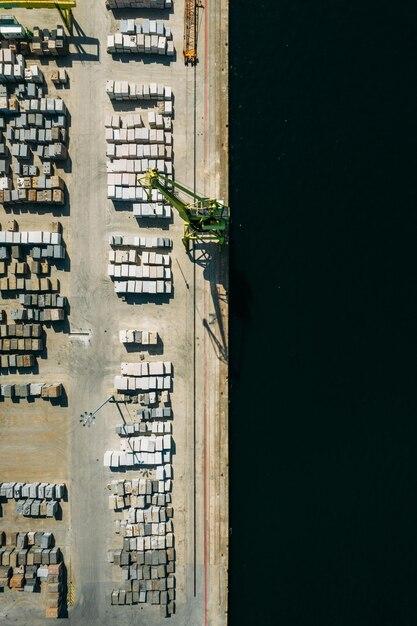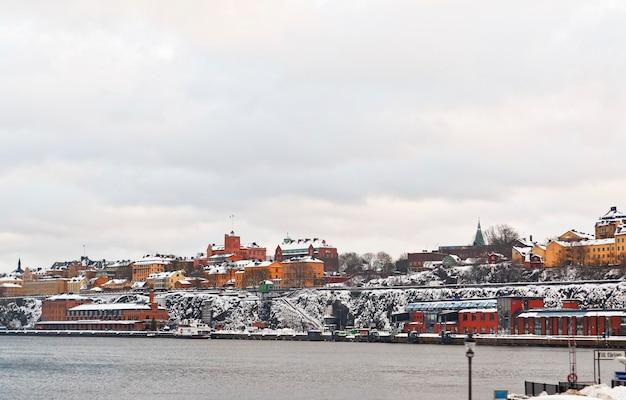Ah, the Renaissance! Just the mention of this captivating period in history brings to mind images of awe-inspiring art, groundbreaking discoveries, and an explosion of intellectual thought. From the 14th to the 17th century, Europe experienced a remarkable transformation that left an indelible mark on society. But how did the Renaissance spread across the continent, reaching far and wide to reshape the course of history?
In this blog post, we will delve into the fascinating journey of the Renaissance as it rippled across Europe like a wave of creativity and enlightenment. We will explore the four characteristics that define this era, discover the key features that distinguished it from previous periods, and unravel the intricate network of influences that contributed to its diffusion. Join me as we embark on a journey back in time to uncover how the Renaissance impacted Europe in ways that still resonate today.

How the Renaissance Sprinkled Its Magic Across Europe
The Seeds of Change
The Renaissance, like a gust of fresh air on a stuffy summer day, swept Europe off its feet. But how did this cultural revolution manage to permeate every nook and cranny of the continent? Let’s delve into the captivating tale of how the Renaissance spread its wings across Europe.
The Italian Time Machine
Italy, the birthplace of the Renaissance, played a pivotal role in its dissemination. During the 14th century, Italian city-states like Florence, Venice, and Rome became the vibrant epicenters of art, literature, and intellectual pursuits. Wealthy patrons commissioned artists to create magnificent works, which dazzled the world. These mesmerizing masterpieces became ambassadors, spreading the Renaissance spirit to distant lands.
The Medici Marvel
Ah, the Medici family, the ultimate power players of the Renaissance! With their deep pockets and flair for patronage, they propelled the movement into overdrive. As the Medicis sponsored artists, thinkers, and scholars, they sowed the seeds of creativity and innovation across Europe. Anyone who was anyone sought the favor of the Medici dynasty, hoping for a sprinkle of their magical Medici dust.
The Invention of the Printing Press
Cue the dramatic drumroll for Johannes Gutenberg, the genius behind the invention of the printing press! This groundbreaking innovation, which transformed Europe’s relationship with knowledge, paved the way for the widespread dissemination of ideas. No longer confined to handwritten manuscripts, books became more accessible and affordable. Ideas could now travel faster than a tweet during a juicy celebrity scandal.
Artistic Ambassadors
Imagine a world without social media influencers, now replace them with the likes of Leonardo da Vinci, Michelangelo, and Raphael. These artistic prodigies were the Kardashians of their time, capturing imaginations and hearts with their awe-inspiring creations. As their works traveled across Europe, they sparked a hunger for knowledge, beauty, and self-expression.
The Wanderlust of Scholars
As the Renaissance picked up steam, scholars traversed the continent, like modern-day backpackers searching for meaning and adventure. They packed their intellectual curiosity, hopped on carriages, and journeyed to universities and centers of learning far and wide. These wandering scholars became the carriers of new ideas, spreading knowledge wherever they went.
The Printing Press Strikes Again
Just when you thought the printing press had finished its grand performance, it returned for an encore. This time, it wasn’t just books that were getting the printed treatment, but also pamphlets, journals, and newspapers. The printing press became the ultimate megaphone, amplifying the voices of scholars and revolutionaries. Ideas could no longer be silenced—journalists everywhere rejoiced!
Renaissance on a Grand Tour
Picture this: wealthy nobles, young aristocrats, and artistic enthusiasts embarking on a whirlwind tour of Europe’s cultural hotspots. Known as the Grand Tour, this epic adventure took them to cities like Rome, Paris, and Florence, where they immersed themselves in the Renaissance splendor. They brought back tales of beauty and magnificence, inspiring others to follow in their well-heeled footsteps.
The Ripple Effect
Just like throwing a pebble into a calm pond, the Renaissance created ripples that stretched far beyond Europe’s borders. Explorers and adventurers set sail, carrying the Renaissance torch to far-off lands. As they encountered new cultures, they shared their knowledge and absorbed the wisdom of others, creating a beautiful blend of ideas and inspirations.
Closing Thoughts
So there you have it—the Renaissance’s magical journey across Europe. From the bustling streets of Italy to the printing press revolution and the wanderlust of scholars, this cultural phenomenon captivated hearts and minds. As the Renaissance sprinkled its magic, it transformed Europe and left an indelible mark on the world. So let’s raise a glass—cheers to the Renaissance and its extraordinary journey through time!

FAQ: How the Renaissance Spread across Europe
What are the four characteristics of the Renaissance
The Renaissance was a period of significant cultural and intellectual change in Europe, characterized by four key traits:
-
Humanism: The focus on human potential and achievements, emphasizing the importance of education, knowledge, and individualism.
-
Secularism: A shift away from religious dominance, leading to a greater emphasis on worldly matters and the pursuit of knowledge outside of religious teachings.
-
Scientific Advancement: The Renaissance saw a renewed interest in scientific inquiry, leading to groundbreaking discoveries across various fields such as anatomy, astronomy, and physics.
-
Artistic Expression: The Renaissance is renowned for its extraordinary works of art, including masterpieces by artists like Leonardo da Vinci, Michelangelo, and Raphael. This period witnessed advancements in painting, sculpture, architecture, and literature that showcased creativity and individualism.
What were the key features of the Renaissance in Europe
During the Renaissance, Europe experienced several key features that set it apart from previous eras:
Intellectual Revolution
The Renaissance fostered a climate of discovery and intellectual vigor, with scholars challenging the traditional teachings of the Church and exploring new perspectives on the world.
Cultural Flourishing
Artistic and cultural expression reached new heights, as artists and writers produced remarkable works that mirrored humanist ideals and celebrated human achievements.
Patronage
Powerful individuals and families, such as the Medici in Florence, provided financial support to artists and scholars. Their patronage enabled many influential creations and accelerated the spread of Renaissance ideas.
Rise of the Printing Press
The invention of the printing press in the mid-15th century revolutionized the dissemination of knowledge. Books and ideas could now be produced and distributed more quickly and affordably, allowing the Renaissance to spread rapidly.
How did the Renaissance spread across Europe
The Renaissance spread across Europe through various means, including:
Trade and Commerce
As Europe’s economy grew, trade and commerce flourished. Merchants and traders, eager to expand their horizons, traveled across the continent, bringing with them not only goods but also ideas. The exchange of goods and knowledge facilitated the spread of Renaissance ideals.
Humanist Scholars and Universities
Humanist scholars played a vital role in spreading Renaissance ideas. These intellectuals traveled extensively, sharing their knowledge and engaging in intellectual debates. Universities also acted as hubs of knowledge, attracting students from various regions who would then disseminate the Renaissance ideals when they returned home.
Courtly Patronage
Rulers and nobles in different European regions recognized the cultural and political prestige associated with the Renaissance. They invited talented artists, writers, and thinkers to their courts, exposing their subjects to the new ideas and encouraging the further spread of the Renaissance.
Gutenberg’s Printing Press
Johannes Gutenberg’s invention of the printing press in the 15th century revolutionized the dissemination of knowledge. Books, pamphlets, and treatises printed on the press could be reproduced quickly and inexpensively, enabling wider access to Renaissance ideas.
How did the Renaissance impact Europe
The Renaissance had a profound and lasting impact on Europe in several ways:
Cultural Transformation
The Renaissance transformed Europe by replacing medieval traditions with a renewed focus on human intellect and achievement. It inspired new art forms, literature, and philosophies that shaped the cultural landscape for centuries to come.
Expansion of Knowledge
The pursuit of knowledge and discovery during the Renaissance led to groundbreaking advancements in science, mathematics, and other fields. European thinkers made significant strides in areas such as anatomy, astronomy, and physics, laying the foundations for future scientific developments.
Social Change
The Renaissance challenged the established social order by promoting individualism and secular values. The emphasis on education and social mobility allowed talented individuals from all walks of life to rise to prominence, contributing to the transformation of European society.
Historical Legacy
Even today, the Renaissance continues to influence politics, art, and culture worldwide. The artworks and ideas of this era are celebrated as some of humanity’s most exceptional achievements, shaping our understanding of history, beauty, and the human experience.
In conclusion, the Renaissance was a transformative period in European history, characterized by humanism, secularism, scientific advancement, and artistic expression. Through trade, scholars, patronage, and the printing press, these ideas spread across the continent, leaving an indelible impact on Europe’s culture, knowledge, and social dynamics. The legacy of the Renaissance continues to be felt and celebrated in the modern world.
